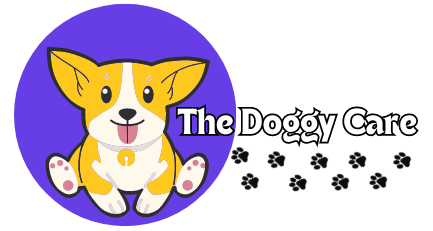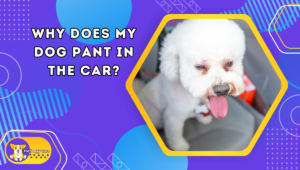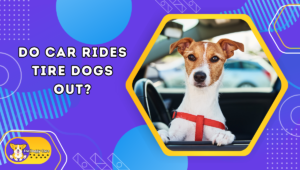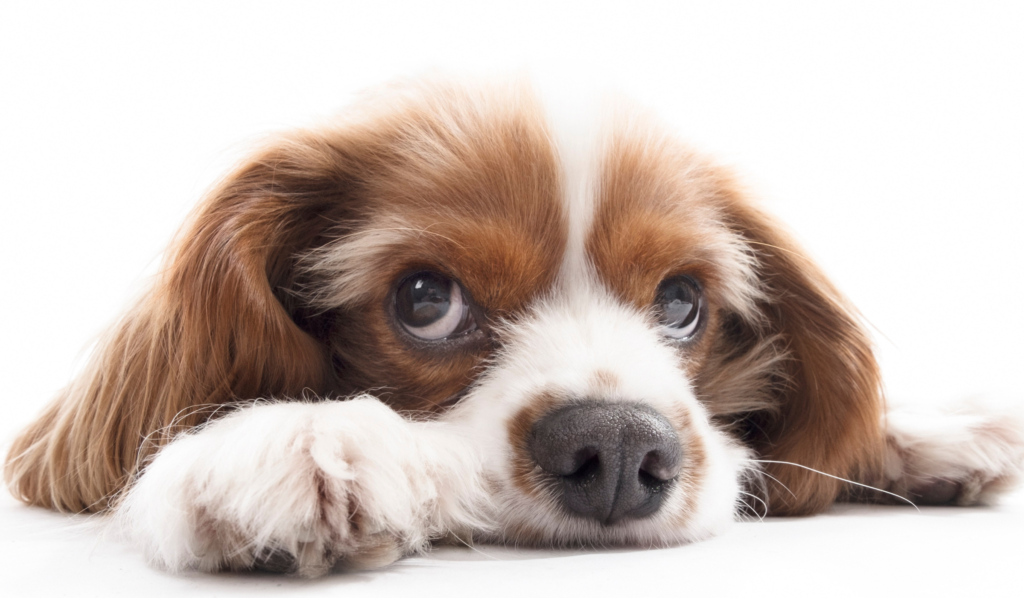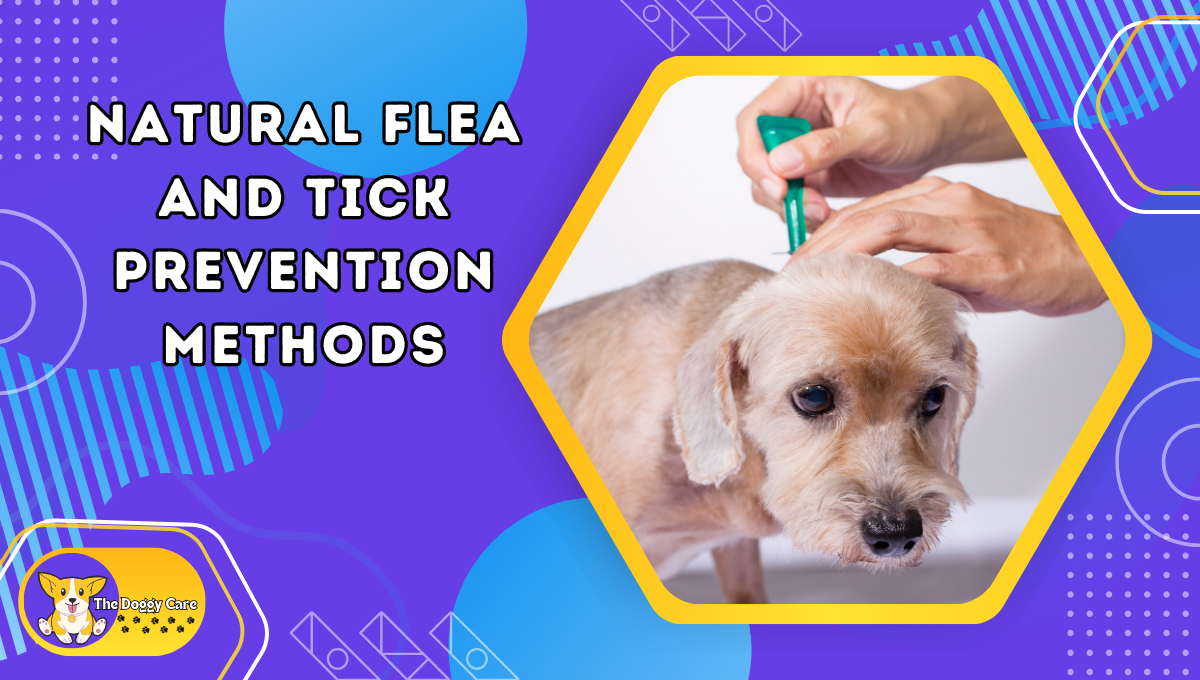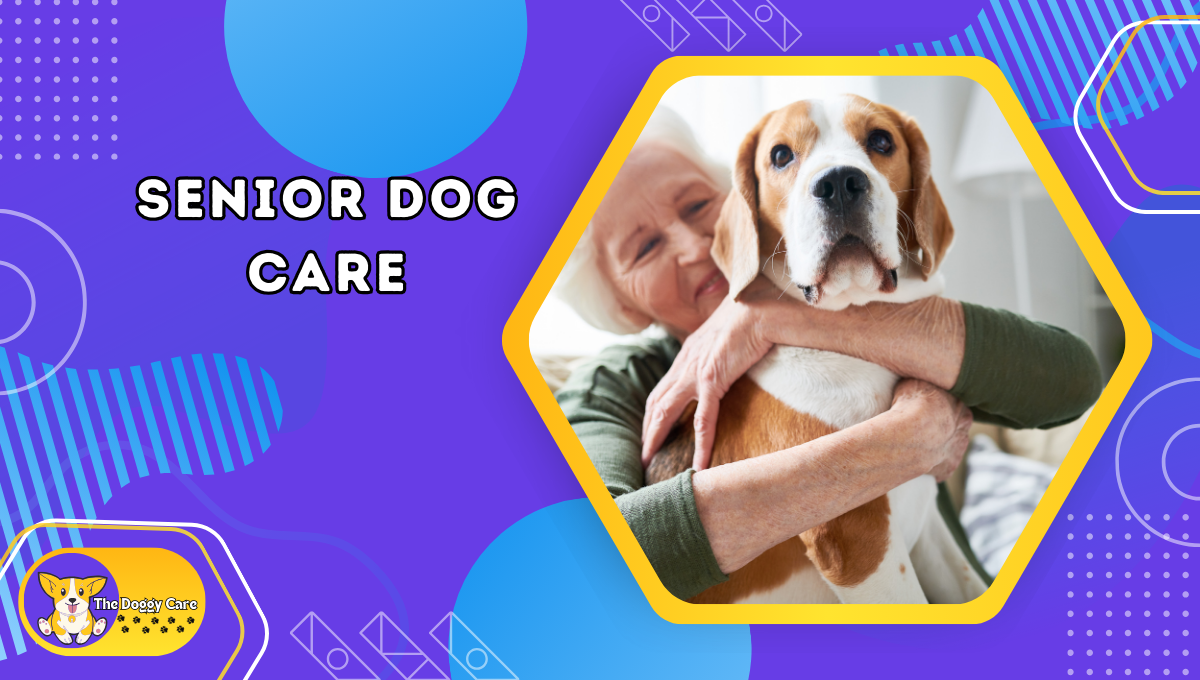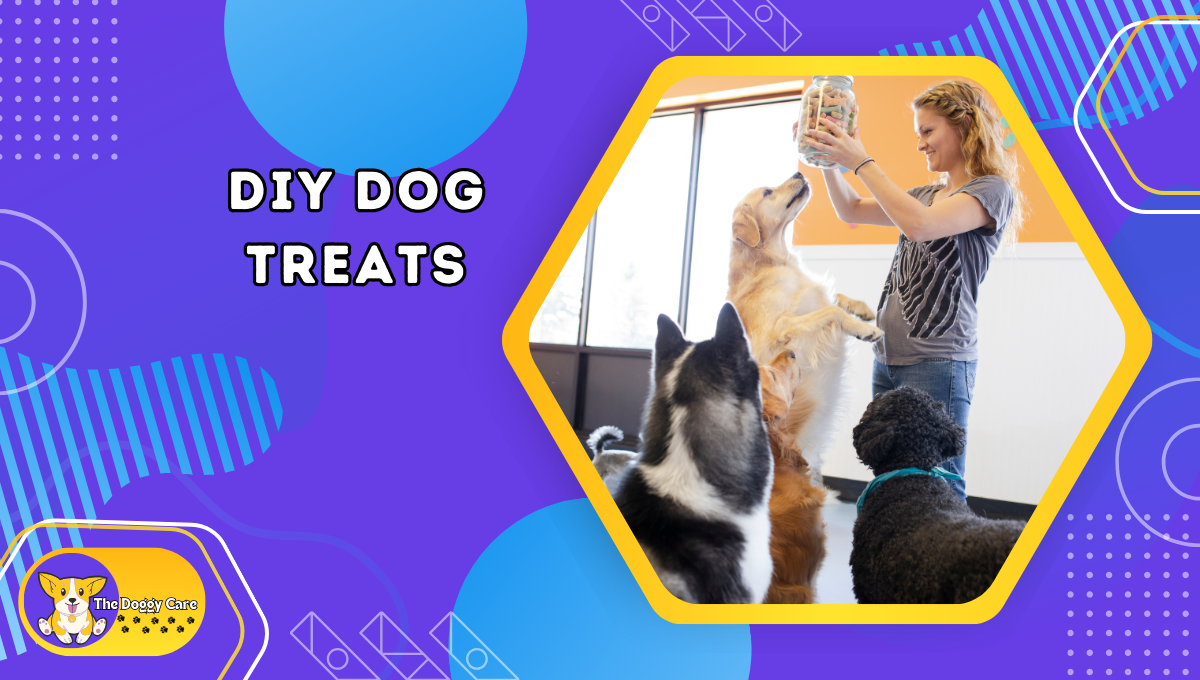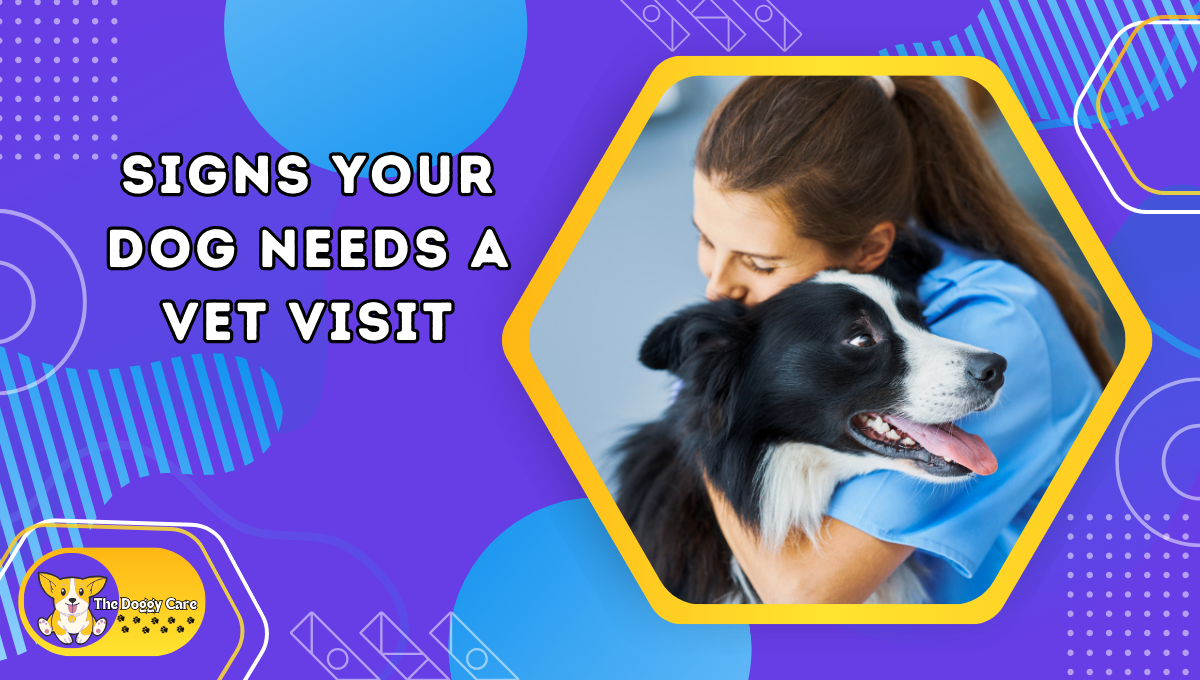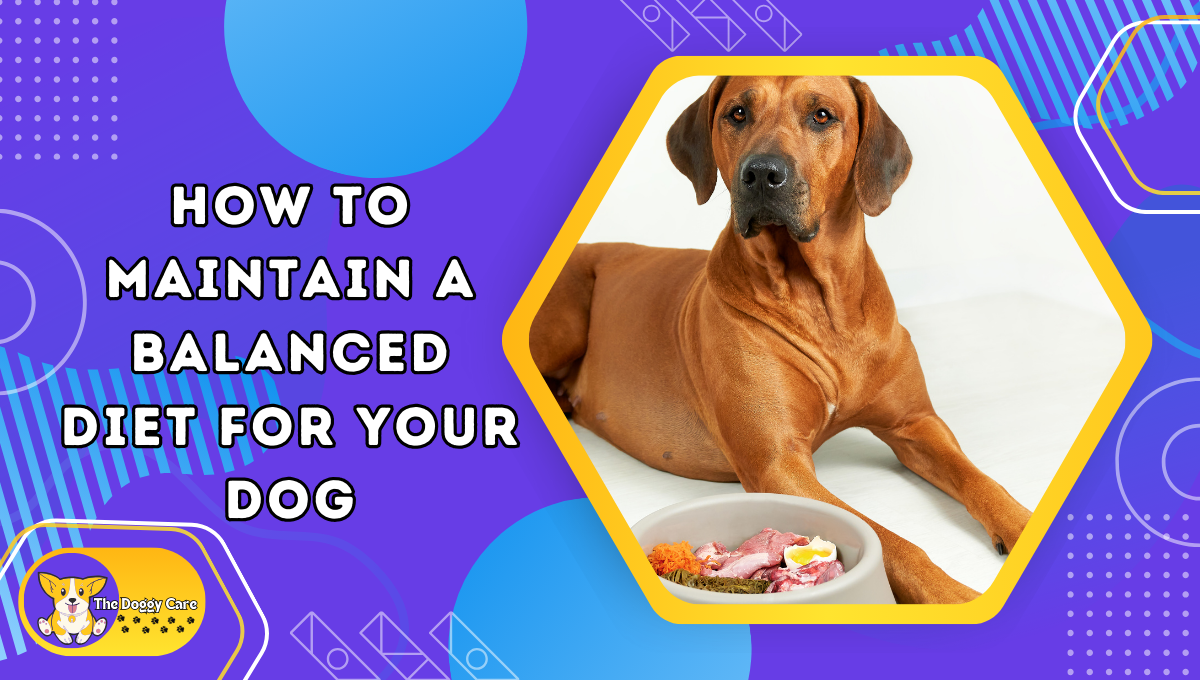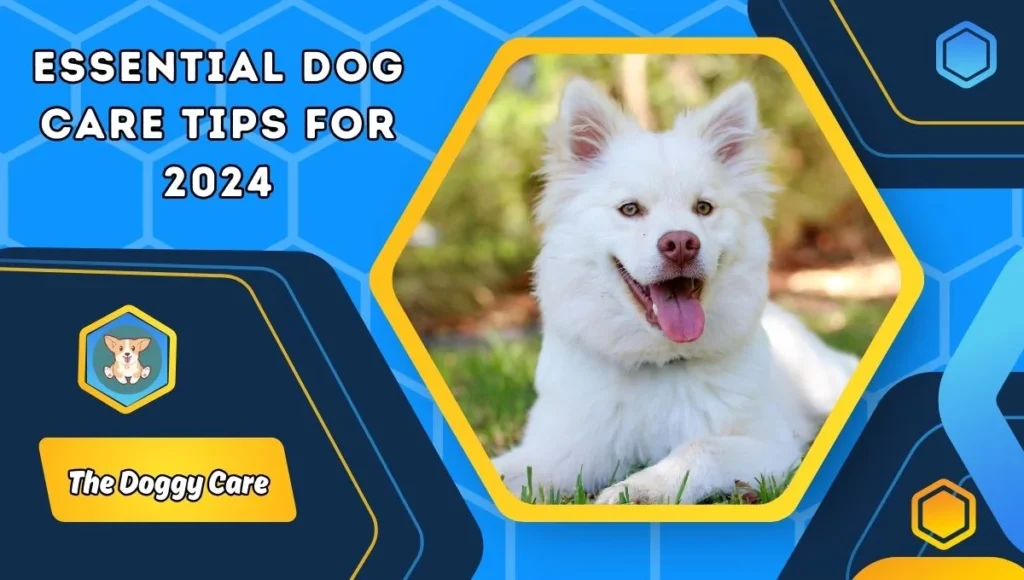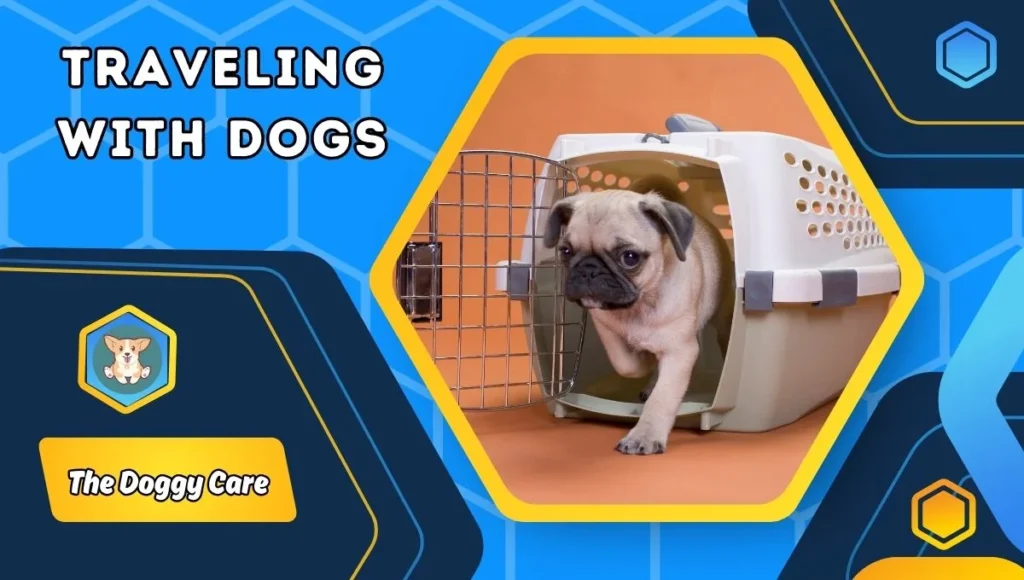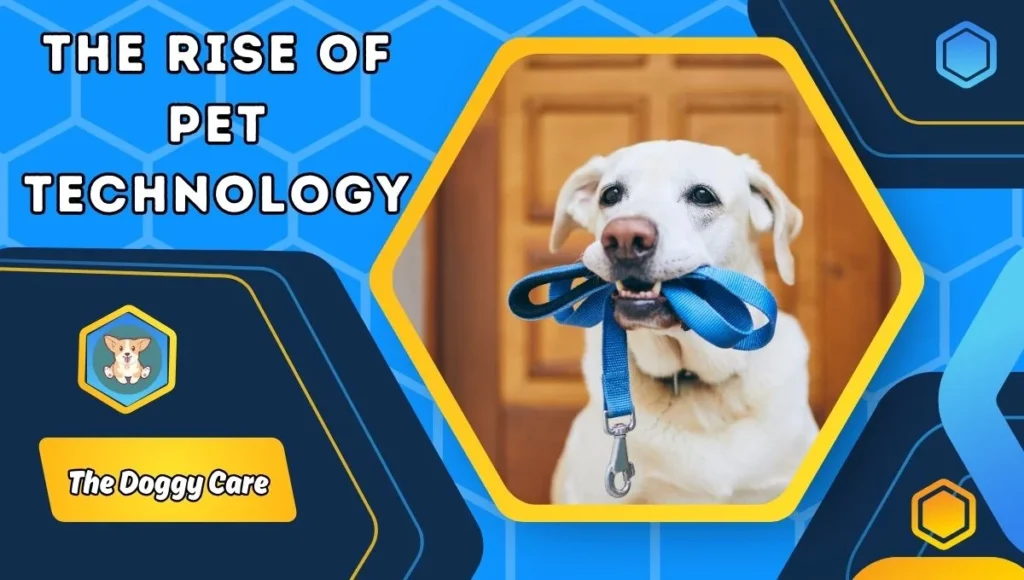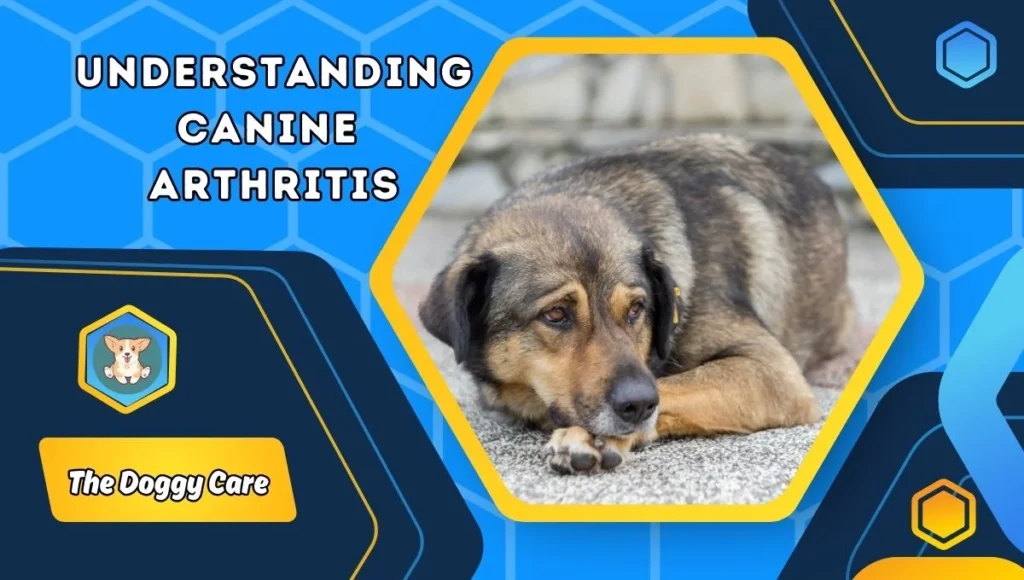Contents
- 1 Why Your Dog Whines in the Car? Understanding Causes and Solutions
- 2 Why Does Your Dog Whine in the Car?
- 3 Reasons for Dog Whines in the Car
- 4 Understanding Dog Behavior and Reactions to Car Rides
- 5 Addressing Anxiety and Fear
- 6 Managing Motion Sickness
- 7 Dealing with Excitement
- 8 Comfort and Safety Measures
- 9 Seeking Professional Help
- 10 FAQs: Dogs
- 11 Conclusion
Why Your Dog Whines in the Car? Understanding Causes and Solutions
Car rides can be a source of joy and excitement for many dogs, but for some, they may provoke anxiety and discomfort, leading to whining behavior.
In this article, we’ll delve into the various reasons why your dog whines in the car and explore effective strategies for addressing this issue.
Why Does Your Dog Whine in the Car?
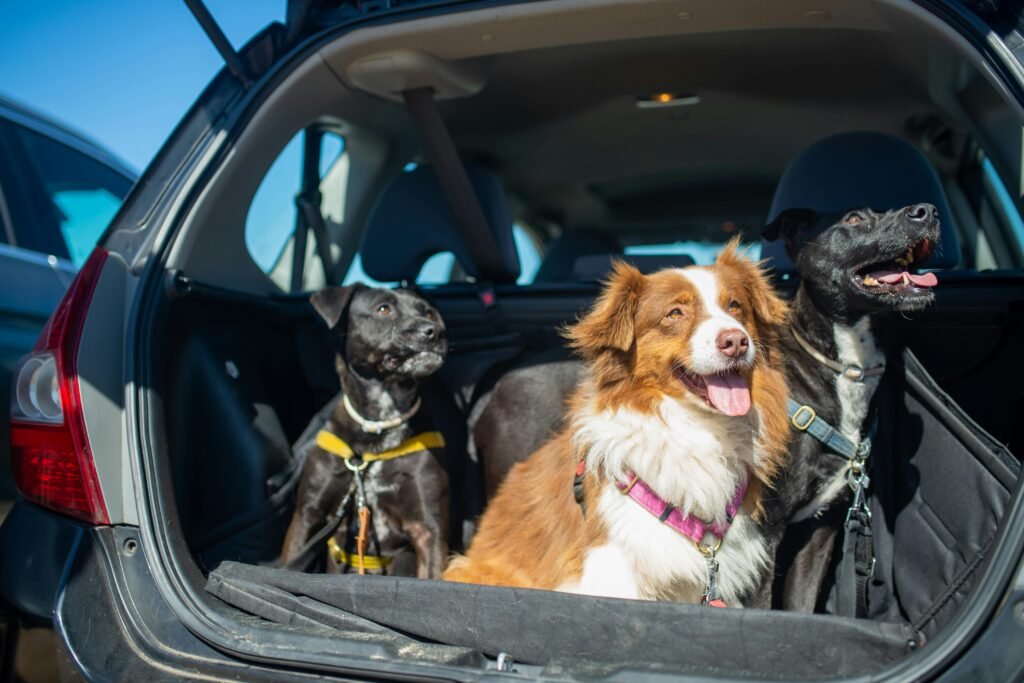
Dogs may whine in the car due to anxiety, excitement, motion sickness, or discomfort. Understanding the underlying cause can help address the issue effectively.
Reasons for Dog Whines in the Car
Anxiety and Fear
Anxiety and fear are common reasons why dogs whine in the car. Dogs may associate car rides with negative experiences or unfamiliar environments, triggering a sense of unease.
This fear can manifest as whining behavior as dogs attempt to communicate their discomfort or distress.
Addressing anxiety and fear through positive reinforcement techniques and gradual exposure to car rides can help alleviate whining and promote a sense of security and calmness in dogs.
Motion Sickness
Motion sickness is another common cause of whining in dogs during car rides. Similar to humans, dogs can experience nausea and discomfort when traveling in a moving vehicle.
Symptoms of motion sickness may include drooling, vomiting, and whining. Gradual acclimatization to car rides, along with providing a comfortable and well-ventilated environment, can help reduce motion sickness and associated whining behavior in dogs.
If motion sickness persists, consulting a veterinarian for medication options may be necessary to alleviate symptoms and improve your dog’s comfort during travel.
Excitement
Excitement is another common reason why dogs may whine in the car. Some dogs associate car rides with thrilling adventures or enjoyable destinations, leading to heightened excitement and vocalization.
This excitement may manifest as whining as dogs express their eagerness and anticipation for the journey ahead.
Providing mental and physical stimulation before car rides and encouraging calm behavior through positive reinforcement techniques can help manage excited whining and promote a more relaxed travel experience for both you and your dog.
Discomfort
Discomfort can also prompt dogs to whine in the car. Factors such as cramped space, extreme temperatures, or uncomfortable seating arrangements can cause physical discomfort for dogs during car rides.
Dogs may vocalize their discomfort through whining as a way to communicate their need for relief or adjustment.
Ensuring a comfortable environment with proper ventilation, temperature control, and adequate space can help minimize discomfort-related whining behavior in dogs during car rides.
Understanding Dog Behavior and Reactions to Car Rides
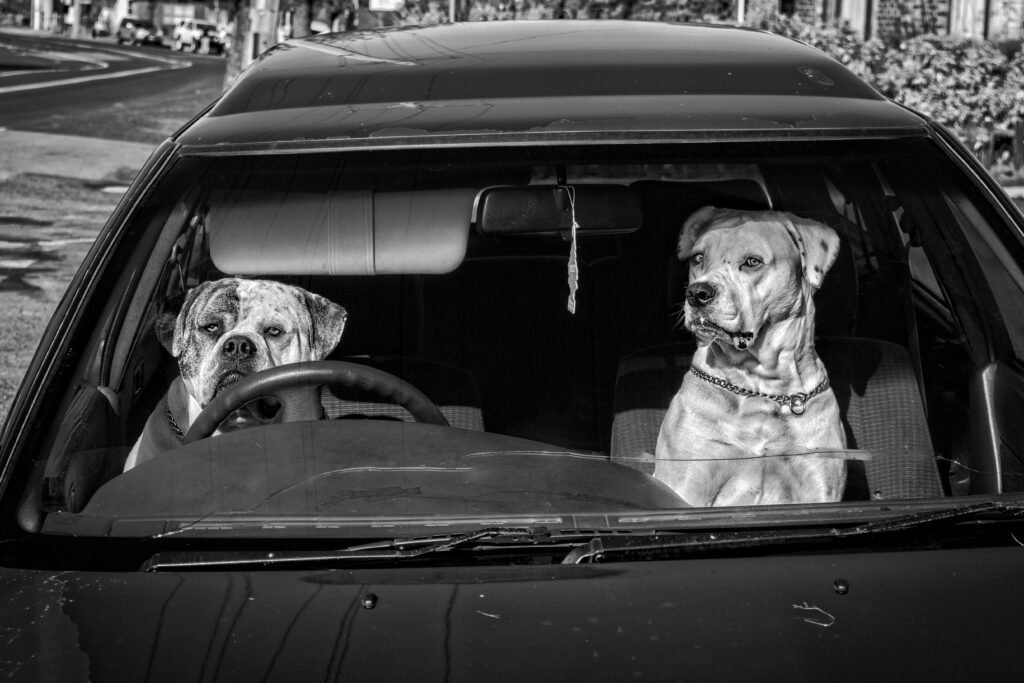
Importance of Training and Desensitization
Training and desensitization play a crucial role in helping dogs overcome fear and anxiety associated with car rides.
By gradually exposing dogs to car-related stimuli in a controlled and positive manner, owners can help them build confidence and develop a more positive association with traveling in vehicles.
Training techniques such as counter-conditioning and systematic desensitization can help dogs learn to remain calm and relaxed during car rides, reducing the likelihood of whining behavior.
Consistent training efforts and patience are key to successfully desensitizing dogs to car rides and ensuring a stress-free travel experience for both pets and owners.
Difference between Fear-Based and Excited Whining
Fear-based whining typically occurs when dogs feel anxious or threatened by their surroundings, such as during car rides. This type of whining is often accompanied by signs of distress, such as trembling or pacing, and may intensify in response to perceived threats or unfamiliar stimuli.
On the other hand, excited whining stems from feelings of anticipation or eagerness, often triggered by enjoyable experiences like going for a car ride.
Dogs exhibiting excited whining may display heightened energy levels and may vocalize their excitement through whining as they eagerly await the adventure ahead.
Recognizing the subtle differences between fear-based and excited whining can help owners better understand their dog’s emotional state and respond appropriately to their needs.
Implementing training techniques tailored to address fear or excitement can help mitigate whining behavior and promote a more positive and relaxed travel experience for dogs.
Addressing Anxiety and Fear
Addressing anxiety and fear in dogs during car rides is essential for promoting a calm and stress-free travel experience.
Owners can help alleviate anxiety by gradually exposing their dogs to car-related stimuli in a positive and controlled manner, using techniques such as desensitization and counter-conditioning.
Providing a comfortable and familiar environment within the car, along with offering rewards and reassurance, can help dogs associate car rides with positive experiences.
Additionally, implementing relaxation techniques such as deep breathing exercises or using calming aids like pheromone sprays or anxiety wraps can further help reduce anxiety and fear.
Consistency, patience, and understanding are key when addressing anxiety and fear in dogs, as building trust and confidence takes time and effort.
Managing Motion Sickness
Managing motion sickness in dogs during car rides involves gradual acclimatization to vehicle travel and creating a comfortable environment.
Owners can start by taking short trips and gradually increasing the duration to help dogs adjust. Providing adequate ventilation and ensuring a stable, level surface for the dog to sit or lie on can help minimize motion sickness symptoms.
Offering water and avoiding feeding immediately before travel can also reduce the risk of nausea and vomiting. In severe cases, consult a veterinarian for medication options to alleviate symptoms and improve the dog’s comfort during car rides.
Dealing with Excitement
Dealing with excitement in dogs during car rides involves channeling their energy in a positive direction and promoting calm behavior.
Providing mental and physical stimulation before the journey can help reduce excess energy levels.
Encouraging calm behavior through positive reinforcement techniques, such as rewarding calm behavior with treats or praise, can also help manage excitement.
Additionally, creating a predictable routine and maintaining a calm demeanor as the owner can help set a relaxed tone for the trip.
Consistency and patience are key when dealing with excitement in dogs, as gradual behavior modification can lead to a more enjoyable travel experience for both the dog and the owner.
Comfort and Safety Measures
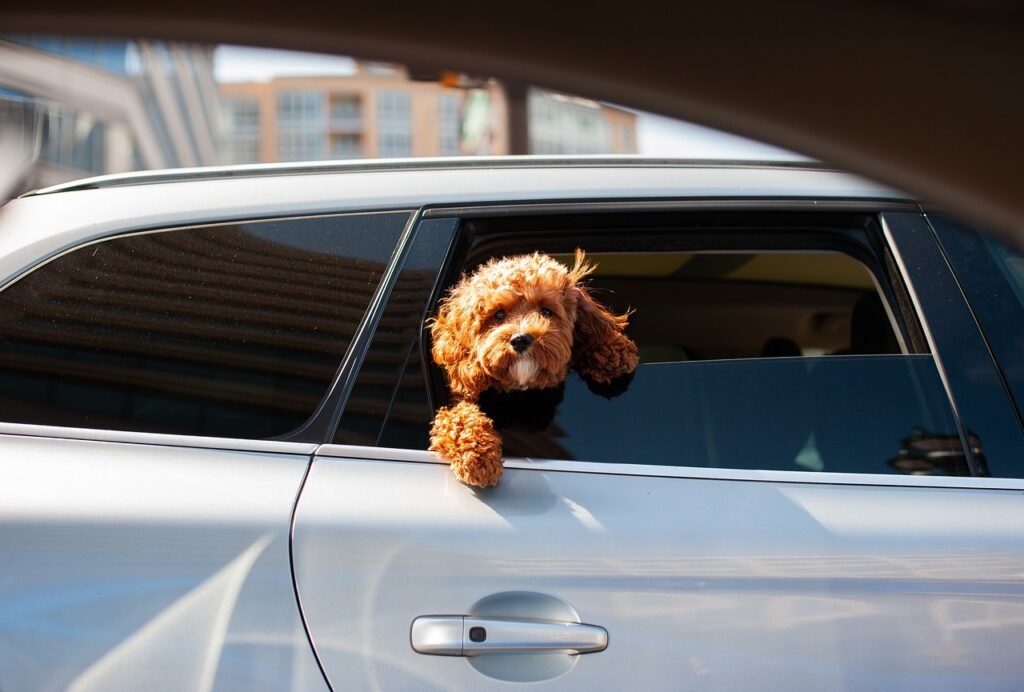
Ensuring comfort and safety for dogs during car rides is paramount for a positive travel experience. Providing a comfortable seating area with proper padding and support can help minimize discomfort and prevent injuries.
Using appropriate restraint systems, such as seat belts or car harnesses, can help secure dogs in place and reduce the risk of injury in the event of sudden stops or accidents.
Additionally, maintaining a comfortable temperature within the car and ensuring adequate ventilation can help prevent overheating and promote relaxation.
Regular breaks and opportunities for bathroom breaks can also contribute to the overall comfort and well-being of dogs during car rides.
Seeking Professional Help
When dealing with persistent whining or underlying behavioral issues during car rides, seeking professional help is essential.
Consulting a veterinarian or a certified dog behaviorist can provide valuable insights and guidance tailored to your dog’s specific needs.
Diagnostic tests may be recommended to rule out any underlying medical conditions contributing to the whining behavior.
Additionally, a professional can offer personalized behavior modification strategies and recommend medication options if necessary to address anxiety, motion sickness, or other underlying issues.
Seeking professional help ensures that your dog receives the appropriate care and support to overcome whining behavior and enjoy stress-free car rides.
FAQs: Dogs
How do I calm a dog from whining in the car?
To calm a dog from whining in the car, consider implementing training sessions to help your dog become more comfortable with car rides. Positive reinforcement techniques, such as offering treats and praise for calm behavior, can also be effective.
Why is my dog panting while in the car?
Dogs may pant in the car for various reasons, including anxiety, excitement, motion sickness, or discomfort. Identifying the underlying cause of panting can help address the issue effectively.
How do I know if my dog has car anxiety?
Signs of car anxiety in dogs may include trembling, drooling, pacing, whining, or attempting to escape from the vehicle. Consulting a veterinarian or a certified dog behaviorist can help diagnose and address car anxiety in your dog.
What can I give my dog for travel anxiety?
Your veterinarian may prescribe medications or recommend supplements to help alleviate travel anxiety in your dog. Additionally, providing a comfortable and familiar environment in the car and using calming aids such as pheromone sprays or anxiety wraps may help reduce anxiety symptoms.
How can I make car rides more comfortable for my dog?
Making car rides more comfortable for your dog involves ensuring a comfortable seating area, providing proper ventilation, and using appropriate restraint systems to keep your dog safe.
Conclusion
Understanding the reasons behind your dog’s whining in the car and implementing effective strategies to address them can greatly improve your pet’s travel experience and overall well-being.
By creating positive associations, managing anxiety and discomfort, and providing a safe and comfortable environment, you can help your dog enjoy car rides without excessive whining behavior.
